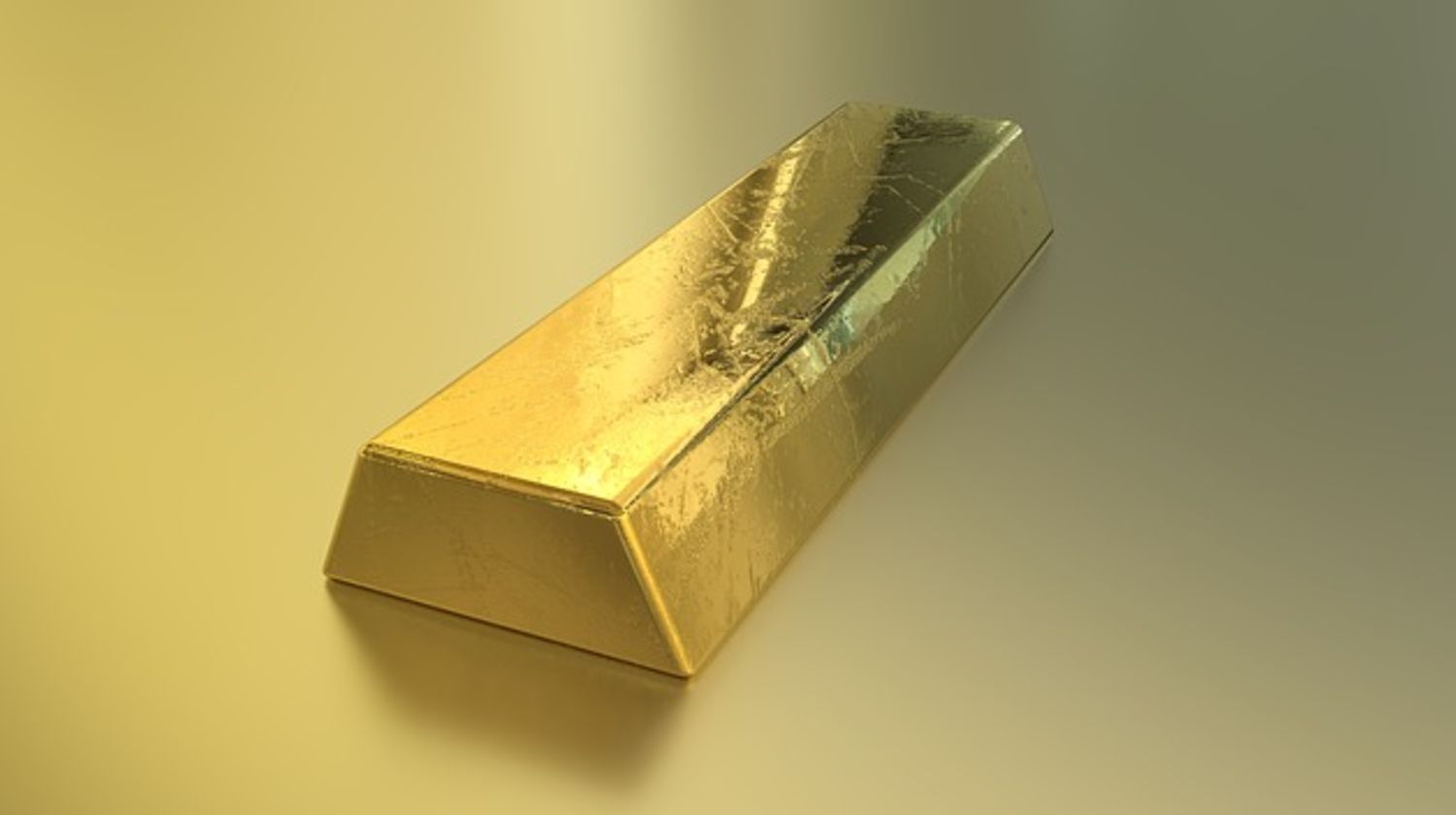Trending News
Gold futures extend losses after U.S. consumer spending report

Investing.com – Gold prices extended losses on Monday, after data showed that U.S. personal spending rose broadly in line with market expectations in June, underlining optimism over the health of the economy and supporting the case for an interest rate hike this year.
for December delivery on the Comex division of the New York Mercantile Exchange dipped $4.30, or 0.39%, to trade at $1,090.80 a troy ounce during U.S. morning hours.
Futures fell to a five-and-a-half year low of $1,072.30 on July 24. Gold prices lost $79.50, or 6.72%, in July, the biggest monthly decline since June 2013.
The Commerce Department said that rose by 0.2% in June, meeting expectations. Personal spending rose 0.7% in May, whose figure was revised from a previously reported gain of 0.9%.
Consumer spending is the single biggest source of U.S. economic growth, accounting for as much as two-thirds of economic activity.
The report also showed increased 0.4% in June, above forecasts for a 0.3% increase and after rising 0.4% in May.
Meanwhile, the inched up 0.1% in June, in line with expectations and after rising 0.1% in May. The rose at an annualized rate of 1.3%, above estimates for 1.2% and following a gain of 1.3% in May.
The Federal Reserve uses core PCE as a tool to help determine whether to raise or lower interest rates, with the aim of keeping inflation at a rate of 2% or below.
Later in the day, the Institute of Supply Management is to release data on manufacturing activity. Market players are also focusing on Friday's nonfarm payrolls report.
Gold has been under heavy selling pressure in recent weeks amid speculation the Federal Reserve will raise interest rates for the first time in nine years in the coming months.
The central bank sounded more upbeat about the economy following its policy meeting last week, leaving the door open for an interest-rate hike as soon as September.
Expectations of higher borrowing rates going forward is considered bearish for gold, as the precious metal struggles to compete with yield-bearing assets when rates are on the rise.
The , which measures the greenback’s strength against a trade-weighted basket of six major currencies, was at 97.58 early on Monday, up 0.25% on the day.
The dollar index rose 1.86% in July, boosted by expectations that the Federal Reserve could raise rates as soon as September if the economy continues to improve as expected.
A stronger U.S. dollar usually weighs on gold, as it dampens the metal's appeal as an alternative asset and makes dollar-priced commodities more expensive for holders of other currencies.
Also on the Comex, for September delivery shed 10.0 cents, or 0.68%, to trade at $14.64 a troy ounce.
Elsewhere in metals trading, for September delivery slumped 3.1 cent, or 1.32%, to trade at a six-year low of $2.332 a pound during morning hours in New York.
A pair of disappointing manufacturing reports underlined concerns over the health of China's manufacturing sector.
The for July released on Monday fell to 47.8 from a preliminary reading of 48.2. It was the lowest reading since July 2013.
Meanwhile, the official China's published on Saturday dipped to 50.0 last month from 50.2 in June, as new orders declined.
Copper traders view Chinese factory activity as an indicator of the nation's copper demand, as the red metal is widely used by the sector.
Prices of the red metal sank 25.1 cents, or 9.6%, in July, as steep declines on China's stock market rattled investors' confidence.
China is the world’s largest copper consumer, accounting for almost 40% of world consumption last year.



